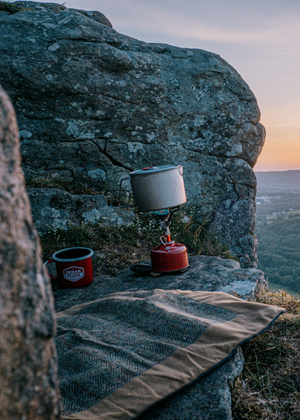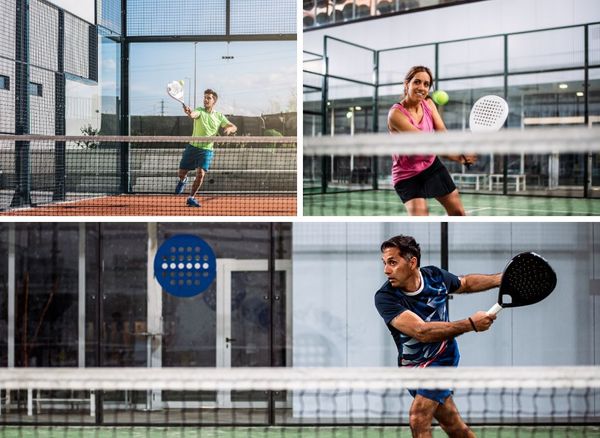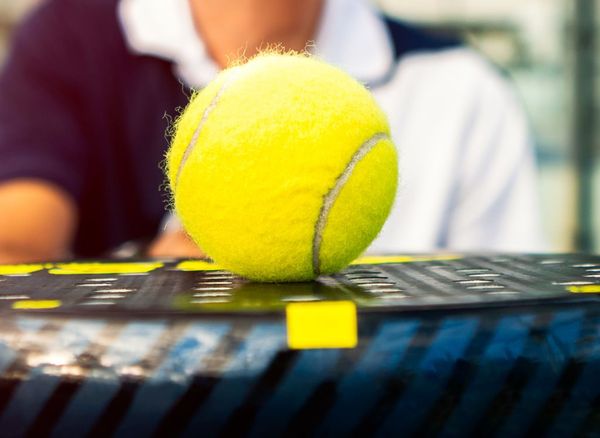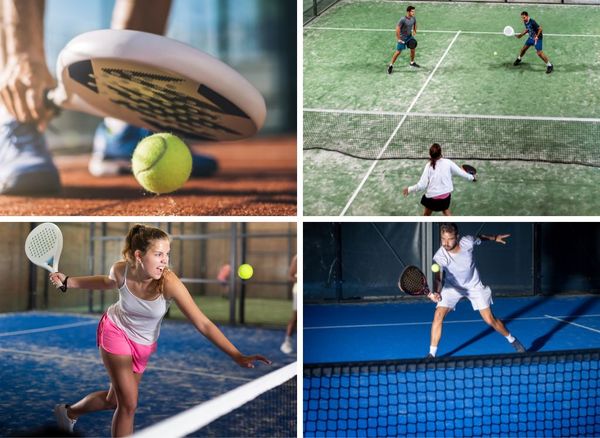Padel is a rapidly growing sport that has taken the world by storm.
It’s an electrifying combination of tennis and squash, and it’s played with two teams of two players.
If you’re looking to get into padel, understanding the basics will help you learn how to play this exciting game.
Here’s everything you need to know about padel and its rules.
At its core, padel is a racquet sport that can be played indoors or outdoors on a court that’s slightly shorter than the traditional tennis court but features walls much like a squash court.
Padel is very similar to regular tennis in that it uses a net, rackets, and balls, however, there are some key differences.
- The main difference lies in the kind of scoring system used; instead of regular points, padel keeps track of rallies won.
- A rally is won when one team fails to return the ball over the net after it has been served or volleyed.
- The basic game itself consists of each team attempting to return the ball over the net as many times as possible until either one fails or both miss their shot at which point they get scored against them for a lost point.
- The first team to score 11 points wins the game unless otherwise agreed upon beforehand (for recreational use 10-point matches are often used). In addition, winning two out of three sets usually determines victory in matches.
- Each set is played until one team reaches 6 games with a minimum advantage of 2 games required for victory (eg if both teams reach 5-5 then 7-5 would be considered a victory for either side).
For these rules to work effectively during play both sides also have access to additional lines such as ‘the service line’ which helps simulate traditional tennis-style play and allows for more creative strategic planning during matches.
- The service line marks where players must stand when serving or receiving serves from other opponents.
- Finally ‘the ground stroke lines’ show where players must hit their shots from within each half after being hit by their opponent, they also mark different points like ‘double faulting’ zones which resemble traditional tennis rules.
Players are free to move around wherever they want on the court as long as they stay within bounds and do not disrupt their opponent's gameplay as well, however, due to its nature made up mostly of short rallies typical strategy involves attempting quick volleys whenever possible in order gain an advantage over your opponents forcing them to make mistakes while keeping an eye out for any open spaces fill in quickly when needed.
Ultimately Padel is an incredibly fun sport that offers plenty of variety between indoor courts and outdoor grounds giving players complete freedom to choose whatever suits them best without being limited old school court design. With easy-understanding rules alongside unique features like 'the ground stroke line', Padel truly offers something special for everyone hoping to get started
Padel Gear - Everything You Need to Know
If you’re looking to get into padel, you’ll need the right gear.
Here’s everything you need to know about padel gear.
- The most important piece of equipment for any padel player is their racket. There are several different types of rackets available on the market, ranging from beginner-level rackets to professional-grade rackets that offer more advanced features such as enhanced power, control, and spin capabilities.
- Beginner-level rackets are perfect for those just starting in the game as they can help develop basic skills while still providing good performance on the court.
- Professional-grade rackets offer more advanced features and enable players to take their game to the next level by exploiting every advantage they can get during intense matches.
- When choosing a racket it's important to consider your skill level and what type of game you want to play to make the best choice for your goals.
In addition to a racket, padel players also need balls for playing matches or practice sessions.
- The official ball used in tournaments is the Wilson Pro Staff Padel Ball which provides excellent bounce and durability due to its high-quality rubber construction.
- If you're looking for an alternative option then other popular ball choices offer great value for money as well as good performance on the court when compared with more expensive options.
When it comes to apparel, there are plenty of options available on the market that combine style with comfort so you look your best on the court while being comfortable through long matches.
- Many brands offer stylish clothing items such as shirts, shorts, skirts, and jackets in a variety of colors so you can find something that suits your style perfectly while also keeping you cool during warm weather games or extra layers if needed when playing outside during colder days.
In addition, it's also important not to forget about accessories such as bags which will come in handy when carrying all your gear around with ease between tournaments or practices session without having too much bulk or heavy weight when traveling back home after a long match day.
- Bags come in various sizes so regardless if you have lots of equipment or just one item everyone can find something suitable for their needs without having too much space left over.
Overall having the right gear is essential if you want them to get the most out of every match or practice session whether at recreational, amateur, or professional levels.
Thanks for Reading!
and
Happy "Padeling"!







